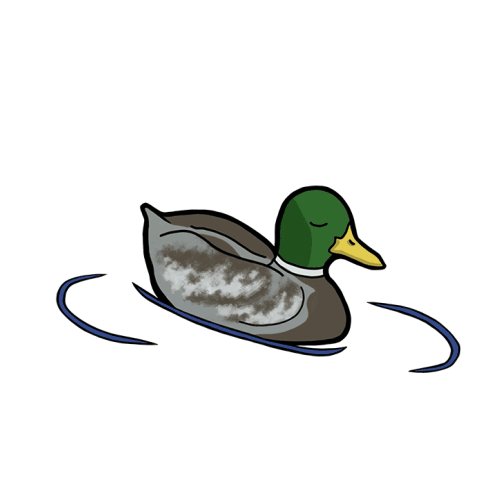Gap Year Students Bring Life Lessons and Experiences to Campus
- Collegian staff
- Oct 4, 2021
- 3 min read
Julia Trujillo
Contributing Writer

After the class of 2020 spent the second semester of their senior year in Zoom classes and virtual celebrations, many students were disheartened at the prospect of beginning their college experiences in this challenging and often unfulfilling manner. This malaise manifested in the form of record highs of students choosing to take a year off in between their high school and university education. According to Gap Year Solutions, an organization that helps mentor and guide students in their gap years, the increase in students who took a year off after high school increased by 3-4 times from 2019 to 2020. In 2019, baseline data suggested that 1.8% of college students (around 40,000 people) took a gap year. In comparison, 2020 saw a significantly greater 6.1% of students (around 130,000 people) take a year off.
Here at Willamette, several students who took gap years found tremendous value in their time off. One Willamette first year, Adam Case, spent his year in 3 areas: backpacking through Vermont, attending a survival skills and spiritual training program in Idaho, and living with his brother in Montana. Case was motivated by a great desire to get out and see more of the world on his own. The emergence of Covid-19 only solidified his choice. “Covid really made me realize that I made the right decision. I got a taste of online classes in the last half of my senior year [of high school]...I knew I couldn’t do that for another year because I was sleeping through classes and I just felt bad, I couldn’t focus,” said Case.
Lauren Eisele-Yocumm, another Willamette first-year student, took two gap years. She spent her first year serving in the Americorps NCCC program focusing on environmental stewardship and conservation, which led her to their wildfire fuels management team. Her discovered passion, in addition to the onset of the pandemic, ultimately led her to undertake wildland fire management work for the Montana Forest Service during her second gap year. Eisele-Yocumm’s time off after high school served as a chance to explore an area of interest, as well as create a much-needed barrier between the very different worlds of high school and college education. Eisele-Yocumm commented, “I felt like if I was to go straight into college, I’d get burnout really fast...now I have a lot more of a solid foundation of what I actually want to do and get out of college, which I feel like if I hadn’t taken a gap year, would be a lot more convoluted.”
There are many cultural scripts that pressure students to continue the next steps of their education or career immediately out of high school. This mainstream path creates difficulties for those in extended transition periods when the majority of their peers move on to other avenues. In Eisele-Yocumm’s case, she reflected, “My best friend is actually a junior in college right now, which is what I would be if I had gone straight out of high school, and it’s been hard. This is the first year that I’m going to school without her and the third year that she’s going to school without me.” A gap year requires student independence in order to navigate the hurdles that come with paving a path that defies societal conventions.
The return to classes and structure after a gap year can be a challenging transition. Case remarked on the matter: “It’s hard...I don’t think the same way about school that I used to. I realized what real learning is. Learning is going and doing because you want to, not because someone told you you’re supposed to at an early age in life.” Although the return to an academic routine is certainly an adjustment, many students find a rejuvenated enthusiasm for schooling after time away. According to a 2020 survey conducted by the Gap Year Association, 84% of students felt that their gap year increased their academic motivation.
There are tremendous lessons to be learned in taking time off between high school and college. Eisele-Yocumm mentioned gaining a myriad of skills, including emotional maturity, self-sufficiency and improved time management. She said she actually found that: “...taking a break from school has benefited me because I have a lot better understanding of work-life balance.” Many saw their gap year as an opportunity for exploration of the world and of one’s self. Chase described his year as a chance for life-changing experiences that he did not get in high school. In part of his training in survival skills and spiritual practice, Chase spent two days fasting and meditating in a vision quest, which he said, “...really made me meet myself.” Whether they participated in efforts to address forest fires, gained spiritual enlightenment in the woods or simply spent time with family and working a job, gap year students at Willamette and beyond bring unique experiences and lessons to their universities.




Chase or Case?